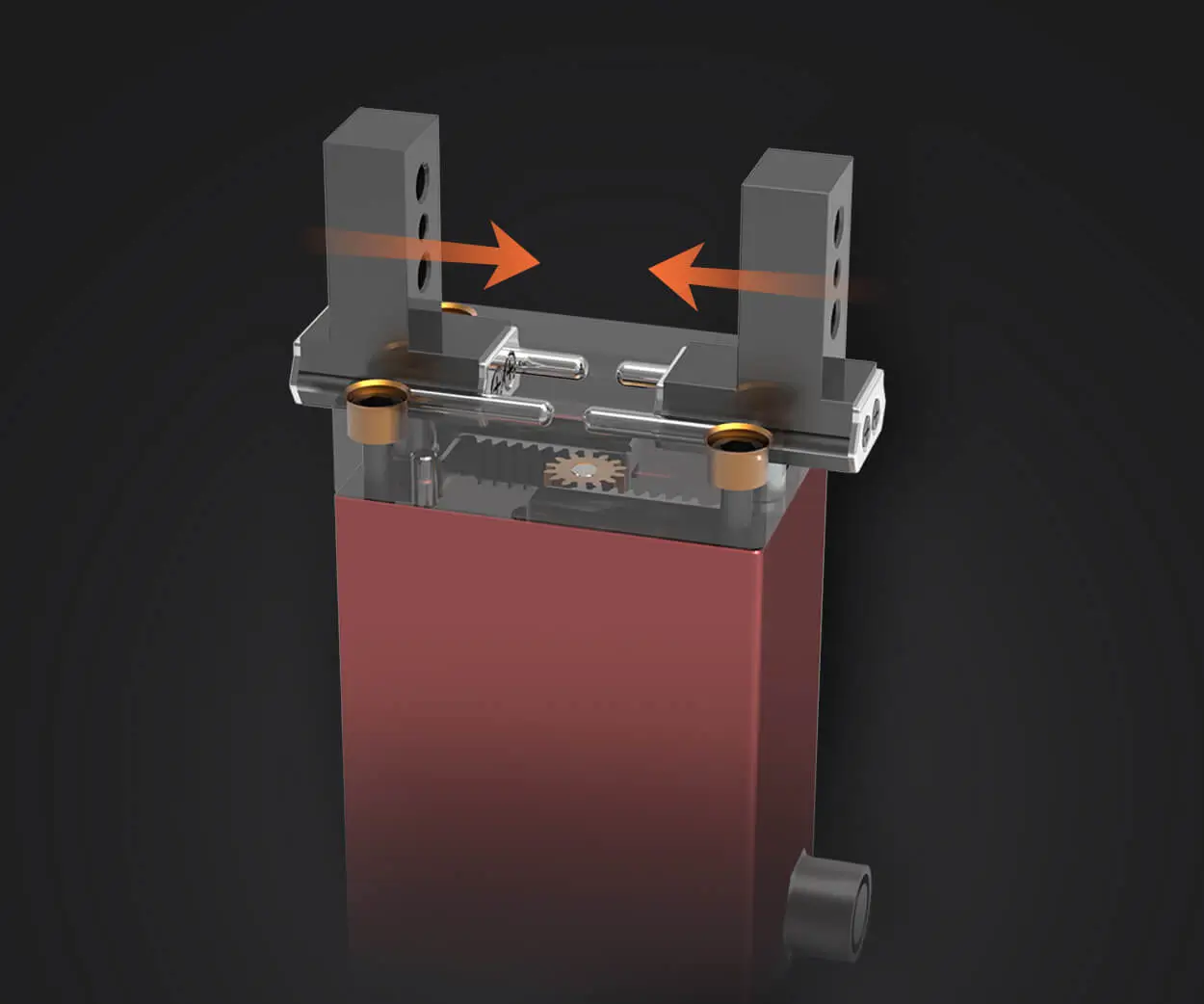Imagine working on a sprawling e-commerce platform. Customers make orders, payments ping-pong back and forth, and inventory updates happen in real-time. But here’s the kicker—what happens when a customer's order involves multiple microservices, each doing its own thing? Sometimes, things don’t go smoothly, and you’re left wondering how to keep everything in sync without breaking a sweat. That’s where the saga pattern steps in, turning chaos into coordination.

So, what is this saga pattern? Think of it like a chain of tiny, self-contained events that tell a story—each event is responsible for a specific step, like deducting stock, processing payment, or updating user records. Instead of having one giant transaction that could fail or lock everything up, each step happens independently. If something goes wrong, the saga doesn't just stop; it kicks off compensating actions to roll back any changes, like issuing refunds or reversing stock deductions. It’s all about managing distributed transactions without losing your mind.
Picture it this way: let's say someone orders a bunch of gadgets online. The first microservice locks in the product inventory. The second payment service charges the card. The third notification service sends a confirmation email. What if the payment service declines? The saga pattern ensures the inventory isn't just locked up forever — it initiates a rollback, unlocking the stock that was reserved. It’s like having a smart, automatic referee who keeps everything fair without your constant supervision.
You might ask, “Isn’t this complicated to set up?” Well, it can be, but the payoff is worth it. With a well-implemented saga pattern, your system becomes resilient. It handles failures gracefully, ensuring data consistency across services without waiting for everything to align perfectly at once. Plus, it’s scalable. No more bottlenecks waiting for big old transactions to finish.
Diving into some technical details, there's choreography and orchestration—two flavors of saga patterns. Choreography relies on event-driven communication, like throwing pebbles into a pond, where each service listens and reacts. Orchestration, on the other hand, has a central controller that directs what each microservice should do and when. Both are effective; choosing one depends on your architecture preferences.
Why bother? Because in today’s fast-paced digital world, customers expect seamless experiences. Downtime or inconsistent data isn't just a minor issue; it can hurt your reputation. The saga pattern isn't just an elegant solution—it's a pragmatic approach to building fault-tolerant, reliable systems that feel almost magical in their smooth operation.
Think about it: how many times have you seen an online order go awry, only to have the customer service scramble to fix things? The saga pattern helps prevent those awkward moments, making your system both robust and trustworthy. Whether your platform handles hundreds of transactions per second or just a handful, understanding and applying the saga pattern could be the key to elevating your microservices game.
Established in 2005, Kpower has been dedicated to a professional compact motion unit manufacturer, headquartered in Dongguan, Guangdong Province, China. Leveraging innovations in modular drive technology, Kpower integrates high-performance motors, precision reducers, and multi-protocol control systems to provide efficient and customized smart drive system solutions. Kpower has delivered professional drive system solutions to over 500 enterprise clients globally with products covering various fields such as Smart Home Systems, Automatic Electronics, Robotics, Precision Agriculture, Drones, and Industrial Automation.




































